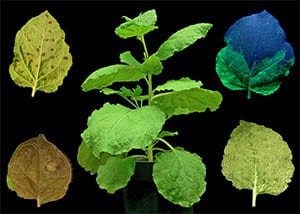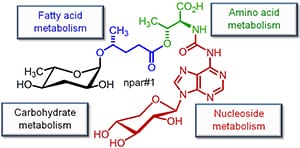
Schroeder’s lab works to discover new small molecules and identify their structure and function in the context of aging. “We know everything we see will be unknown, pure discovery…It’s pretty intense. We get to the bottom of things.”

BTI researchers led team that pioneered international tomato gene sequencing and genetic basis of fruit ripening. Congrats to Vrebalov, Van Eck, Mueller, Giovannoni, Fei.

CRWN proteins alter nuclear organization, which affects plant viability.

Fei and Giovannoni Labs contribute to sequencing of wild tomato species Solanum pennellii.
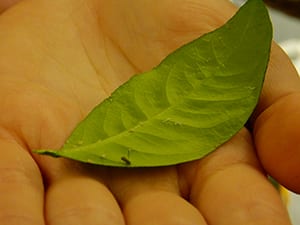
Herbert L. Rothbart ARS Early Career Scientist of the Year and the Schroth Faces of the Future award.

BTI provides bioinformatics consulting in-house.

Mueller Lab at BTI coordinates Cassavabase web site to pool data from cassava field trials in Africa to improve plant breeding.

Joshua Judkins arrived at BTI as an intern in 2008 and left as a PhD in 2014…for a post doc position with Pfizer in neuroscience.

This Nicotiana benthamiana web site shares papers, results, tools, protocols, and other materials from researchers using NB as a study plant.

BTI invited public to learn more about BTI’s role in recent sequencing of coffee genome, plus presentations by other Cornell researchers from diverse fields who study coffee.
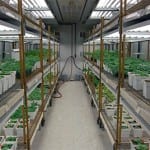
The genome of an experimentally important relative of tobacco has been sequenced by US and Canadian researchers.
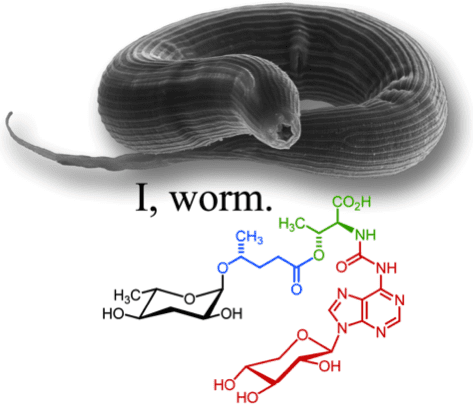
Conventional wisdom holds that genes determine the morphology of animals, but something else iwormmay be at play. Frank Schroeder from the Boyce Thompson Institute at Cornell University and Ralf Sommer from the Max-Planck Institute in Germany now rep.
Drs. Harrison, Klessig, and Jander honored.

Cassava, a rough and ready root crop that has long been the foundation of food security in Africa is finally getting the respect it deserves.
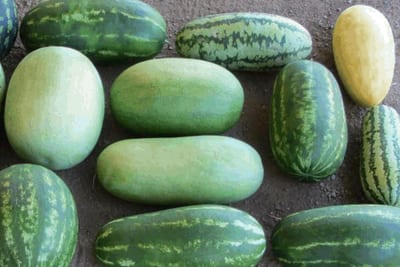
Are juicier, sweeter, more disease-resistant watermelons on the way?

Boyce Thompson Institute Scientist Zhangjun Fei has teamed up with scientists from across the country to generate a comprehensive global virus distribution map for tomatoes.
The research project will study genes responsible for beneficial symbioses with bacteria and fungi. Work in the Harrison lab will focus on the plant-fungal AM symbiosis and how it improves phosphorus uptake in plants.
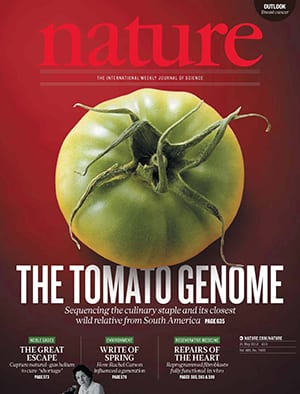
For the first time, the genome of the tomato, Solanum lycopersicum, has been decoded.

All of these nematodes speak the same chemical language,” through the use of compounds called ascarosides, said study co-author Frank Schroeder.
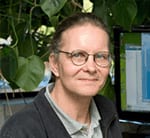
BTI Scientist Georg Jander to work with Cornell University’s Angela Douglas to study the effects of sugar on insects, to control pests on plants.

Scientists have discovered that a species of small, transparent roundworms called Caenorhabditis elegans possess a highly-evolved language in which they combine chemical fragments to create precise molecular messages.

Jim Giovannoni was one of four ASPB members to be honored by awards from USDA’s Agricultural Research Service (ARS).
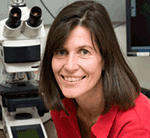
At its May meeting, the BTI Board of Directors named Maria Harrison as the William H. Crocker Scientist.
Research associate Suma Chakravarthy from Greg Martin’s lab, shows the procedure Assay for Pathogen-Associated Molecular Pattern (PAMP)-Triggered Immunity (PTI) in Plants in a JOVE publication.
Graduate student André Velásquez from Greg Martin’s lab shows how to do Virus-induced Gene Silencing (VIGS) in Nicotiana benthamiana and Tomato in a JOVE publication.

A group of scientists who set out to study sex pheromones in a tiny worm found that the same family of pheromones also controls a stage in the worms’ life cycle, the long-lived dauer larva.
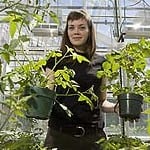
Tracy Rosebrock, a former BTI graduate student in the laboratory of Greg Martin, discusses how some bacteria suppress plant immunity.



















